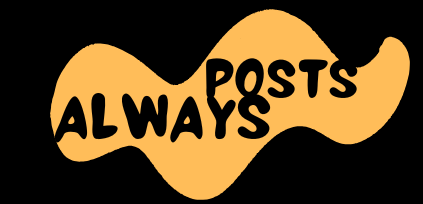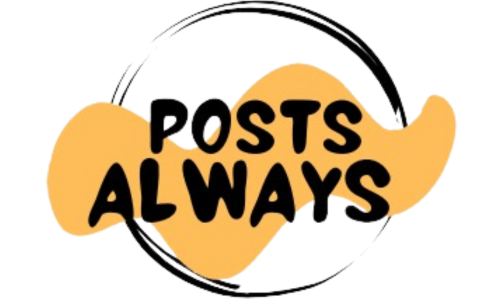When interventional backbone physician and Kuchipudi dancer Pranamya Suri was doing her medical residency, she had much less time to bounce than common. When she did get the prospect to observe, she seen a persistent ache creating round and behind her kneecap. Suri recognized this ache as a warning signal of patellofemoral ache syndrome (PFPS) and was in a position to rehabilitate utilizing a mixture of relaxation and focused strengthening workout routines.
Suri explains that it’s frequent for dancers to develop PFPS, however the situation can be extremely treatable. By studying about PFPS and the way it impacts dancers, figuring out warning indicators early on, and making use of mitigation ways earlier than it turns into a problem, dancers can safeguard their joints and set themselves up for an extended, wholesome profession.
What Is PFPS?
PFPS is characterised by generalized ache round and behind the patella, or kneecap. It’s often exacerbated throughout cases of knee flexion (like grand pliés), strolling up and down stairs, and even prolonged sitting. PFPS is an overuse harm—the extra the quadriceps contract and the knees flex, the larger the power pushing the patella again in opposition to the belowmendacity femur. The result’s ache, explains Karen Clippinger, writer of Dance Anatomy and Kinesiology and a professor emerita at California State College, Lengthy Seashore.
“If you happen to take a look at grand pliés and hinges and spirals to the ground, there are quite a lot of actions in dance which can be related to excessive compression forces, which places dancers in danger for having this situation,” Clippinger says.
The turned-out positions favored in some dance types may heighten a dancer’s threat for PFPS, provides Jennifer Coviello, a health care provider of bodily remedy specializing in treating dancers—particularly in the event that they wrestle to trace their knees over their toes in bent-leg positions. Hyperextension, too, can add threat if dancers over-rely on sure muscle tissue, making the knee much less steady, Clippinger explains.

Treating PFPS
If you happen to suppose you is likely to be experiencing PFPS, it’s essential to hunt individualized consideration from a medical skilled. Most certainly, you’ll work with a bodily therapist to develop a repertoire of workout routines tailor-made to your particular wants. It’s frequent for bodily therapists to counsel strengthening the quads and the hip abductors. In some cases, dancers may also have to work additional up the kinetic chain, strengthening the abdominals and obliques, Coviello explains. Tightness within the hamstrings and internal thighs may contribute to PFPS, she says, so stretches that concentrate on this area may additionally be included.
Suri provides that she generally makes use of instruments like kinesiology tape and knee-bracing sleeves, however these shouldn’t substitute for the suggestions of a bodily therapist or different medical skilled. “They’re extra of a proprioceptive reminder that will help you information your kneecap to go this manner, not that manner,” she says.

Stopping Future Ache
As a result of many dance varieties involve repetitive knee flexion, it’s important for dancers to consider PFPS earlier than it’s a problem. Take into account adjusting your cross-training routine to combine some preventive measures. Clippinger recommends three easy workout routines which goal completely different PFPS culprits (see sidebar). You too can work your manner as much as these workout routines by beginning with out the props.
Clippinger advises dancers to familiarize themselves with their very own anatomy by palpating the entrance of the thigh above the kneecap because the quads contract. Make certain the internal and outer parts of your quads are each contracting, as that may assist your kneecap monitor correctly in flexion. “It actually takes quite a lot of focus and focus to begin discovering how you can activate that internal half and get it to contract,” she says.
Terminal knee extension with ankle weight
- Place a prop, like foam curler or bolster, below your hamstrings. Make certain the knee is bent lower than 30 levels to maintain compression forces low, Clippinger says.
- Straighten the knee, palpating along with your hand to gauge equal contraction of the internal and outer thigh muscle tissue.
- Maintain for 5 seconds. Repeat for 3 units of 10. Add an ankle weight for added problem.

Aspect leg elevate with band
- With a TheraBand round your higher thighs, lie on one aspect.
- Externally rotate your legs and elevate your high leg, resisting the power of the band.
- Maintain for 4 counts ultimately place, then repeat between 8–12 instances, beginning with one set and progressing to a few.
- Take into account doing this train along with your again to a wall, specializing in utilizing the deep outward rotators by urgent into the wall along with your pinky toe. This train helps develop the muscle tissue that may enable your knee to trace correctly in exterior rotation, in addition to strengthening the hip abductors, Clippinger says.

Hip rotation on elbows
- With a TheraBand round your thighs simply above the knees, lean again along with your weight supported by your forearms.
- Externally rotate your legs, specializing in turning out from the hip, versus the knee joint.
- As you straighten the knees, keep away from hyperextension. As an alternative, give attention to utilizing the identical muscle tissue you palpated within the first train.
- Maintain for 4 counts ultimately place, then repeat between 8–12 instances, beginning with one set and progressing to a few.




